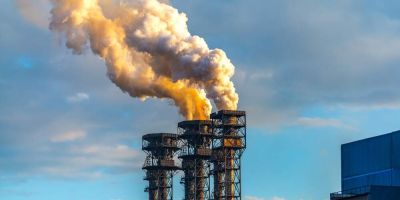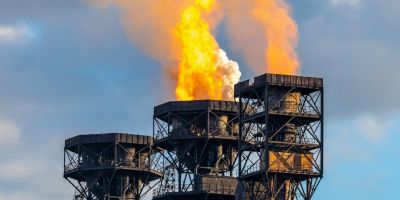Flare Gas Monitoring
ANALYTICAL SOLUTIONS FOR FLARE GAS MONITORING
Process Control Solutions for Flare Gas
Process Insights is your SINGLE SOURCE for comprehensive flare gas monitoring to ensure full compliance with Quad O, HON, MON, EMACT, RSR, Subpart Ja, HRVOC, and more.
Meeting New EPA Regulations for Flare Gas Monitoring
In December 2023, the EPA introduced new Emissions Guidelines, establishing clear procedures for states to develop plans that restrict methane emissions from existing sources. Since oil and natural gas operations remain the largest industrial source of methane pollution in the U.S., these new regulations mark a crucial step toward a cleaner, more sustainable future. Read the new EPA guidelines regarding Quad O.
Stricter Flare Emissions Regulations – What You Need to Know
Under the latest regulatory updates, oil refineries and chemical plants must monitor vent gases and make immediate adjustments to maintain proper destruction efficiency. We provide advanced solutions to help you comply with these stricter emissions regulations effortlessly.
Key Regulatory Requirements
The General Provisions now require flares used as Air Pollution Control Devices (APCDs) to achieve 98% destruction efficiency for Hazardous Air Pollutants (HAPs). These requirements include:
- Continuous monitoring of the pilot flame, visible emissions, and flare tip velocity
- Assessing net heating values and dilution parameters
- Implementing a Flare Management Plan
- Developing a Continuous Parameter Monitoring System (CPMS) Plan
What is Quad O?
Understanding Emissions Compliance in the U.S.
The United States leads the world in gas flaring, which means oil and gas drilling companies must strictly follow Quad O standards. Failure to comply can result in severe penalties, including:
✅ Substantial fines
✅ Suspension or revocation of essential operating permits
Stay Compliant with Process Insights
Struggling to meet Quad O and other emissions regulations? We can help. Our experts provide tailored solutions to not only meet but exceed compliance standards—ensuring stable, efficient, and cost-effective process analysis for your application.
Let us help you achieve compliance without complications. Contact us today!

For a complete range of analytical instrumentation, applications, systems, and service options, we will work to match your needs and budget and provide the optimal, and most stable process analysis solution for your application.
SALES | TRAINING INQUIRIES
AMERICAS: info.americas@process-insights.com
EMEAI (includes India): info.emeai@process-insights.com
APAC: info.apac@process-insights.com
CHINA: info.cn@process-insights.com
WHY YOU SHOULD USE OUR GAS ANALYSIS SOLUTIONS

Accurate measurement
Flare gas monitoring requires accurate measurement of the flow rate and composition of the gas being flared. However, the high temperature and pressure of the gas can make accurate measurement challenging, as can the variability in the gas flow and composition.
Reliable Operation You Can Trust
Flare gas monitoring equipment must be able to operate in a range of environmental conditions, including extreme temperatures, high winds, and heavy rain. This can be challenging, especially in remote locations where access to power and other infrastructure may be limited.

Meet Regulatory compliance
Flare gas monitoring is subject to regulatory requirements in many jurisdictions, and companies must be able to demonstrate compliance with these requirements through regular monitoring and reporting. This can be challenging due to the complexity of the regulations and the need for accurate data and reporting systems.

Avoid Fines
Non-compliant companies may face fines or penalties that can be significant, especially for repeated or willful violations of regulations.

reduce Shutdowns
Regulators may require a company to shut down operations if they are found to be in violation of flare gas regulations. This can result in significant financial losses and reputational damage.

Avoid Reputational damage
Companies that are found to be non-compliant with flare gas regulations may face negative publicity and reputational damage, which can have long-term impacts on their business.
